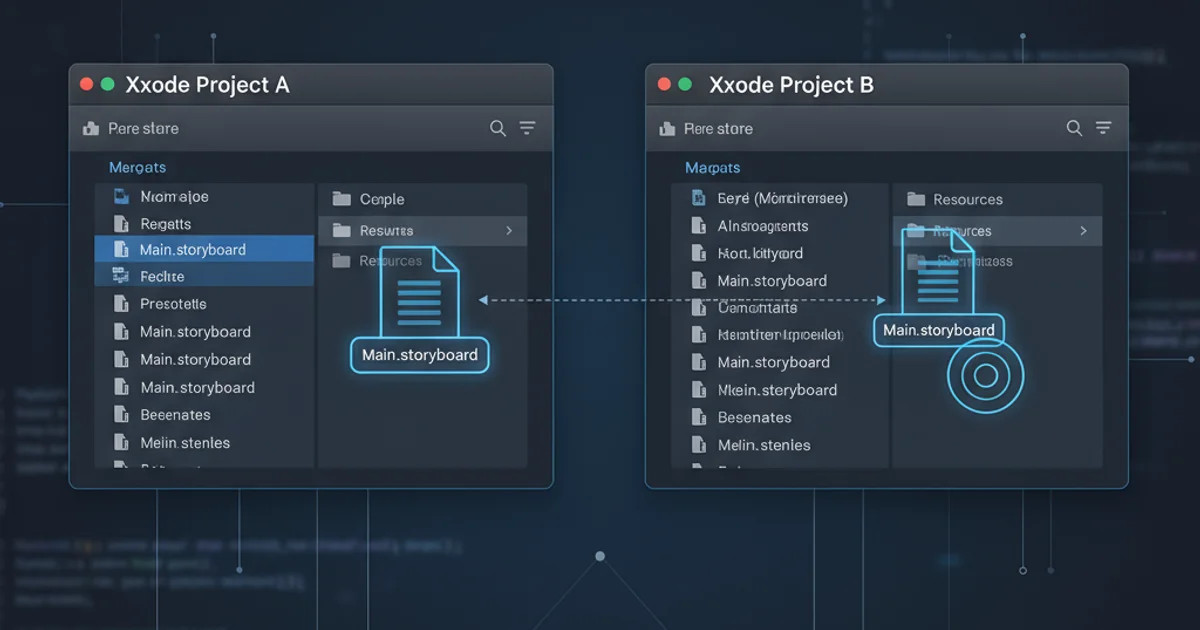How do I install psycopg2 for Python 3.x?
Categories:
Installing Psycopg2 for Python 3.x: A Comprehensive Guide

Learn how to successfully install and configure psycopg2, the PostgreSQL adapter for Python, across various environments including virtual environments, PyCharm, and Django projects.
Psycopg2 is the most popular PostgreSQL database adapter for the Python programming language. It allows your Python applications, including web frameworks like Django, to connect and interact with PostgreSQL databases. While installation is generally straightforward, specific environments or missing dependencies can sometimes lead to issues. This guide will walk you through the process for Python 3.x, covering common scenarios and troubleshooting tips.
Prerequisites and System Dependencies
Before installing psycopg2, it's crucial to ensure your system has the necessary development headers for PostgreSQL. These headers are required to compile psycopg2 from source, which is the default behavior when a pre-compiled wheel isn't available for your specific Python version and operating system. Without them, you'll likely encounter compilation errors during installation.
flowchart TD
A[Start] --> B{Python 3.x Installed?}
B -- No --> C[Install Python 3.x]
B -- Yes --> D{PostgreSQL Dev Headers Installed?}
D -- No --> E[Install PostgreSQL Dev Headers]
D -- Yes --> F[Proceed to Psycopg2 Installation]
E --> FPrerequisite Check Flow for Psycopg2 Installation
The commands to install these headers vary depending on your operating system:
Debian/Ubuntu
sudo apt update
sudo apt install python3-dev libpq-dev
Fedora/CentOS/RHEL
sudo dnf install python3-devel postgresql-devel
# Or for older CentOS/RHEL:
sudo yum install python3-devel postgresql-devel
macOS (using Homebrew)
brew install libpq
# Ensure libpq is linked:
brew link --force libpq
Windows
On Windows, psycopg2 typically installs pre-compiled wheels, so manual installation of development headers is usually not required. If you encounter issues, consider installing the psycopg2-binary package or using a Linux subsystem like WSL.
Installing Psycopg2 in a Virtual Environment
It's highly recommended to install Python packages, including psycopg2, within a virtual environment. This isolates your project's dependencies from your system-wide Python installation, preventing conflicts and making dependency management much cleaner. If you're working on a Django project, this is standard practice.
1. Create a Virtual Environment
Navigate to your project directory and create a virtual environment. Replace myenv with your desired environment name.
2. Activate the Virtual Environment
Activate the virtual environment. The command varies slightly by OS.
3. Install Psycopg2
Once activated, use pip to install psycopg2. You can choose between psycopg2 (which compiles from source) or psycopg2-binary (pre-compiled wheels).
Step 1: Create Virtual Environment
python3 -m venv myenv
Step 2: Activate (Linux/macOS)
source myenv/bin/activate
Step 2: Activate (Windows CMD)
myenv\Scripts\activate.bat
Step 2: Activate (Windows PowerShell)
.\myenv\Scripts\Activate.ps1
Step 3: Install Psycopg2
pip install psycopg2-binary
# OR, if you need to compile from source (requires dev headers):
pip install psycopg2
psycopg2-binary is sufficient and easier to install as it doesn't require system-level PostgreSQL development headers. Only use psycopg2 if you have specific reasons to compile it yourself (e.g., custom PostgreSQL builds, specific C extensions).Configuring Psycopg2 in PyCharm
PyCharm, a popular Python IDE, integrates seamlessly with virtual environments. After installing psycopg2 in your project's virtual environment, you need to ensure PyCharm is configured to use that environment.
1. Open Project Interpreter Settings
In PyCharm, go to File > Settings (or PyCharm > Preferences on macOS). Navigate to Project: [Your Project Name] > Python Interpreter.
2. Add or Select Virtual Environment
Click the gear icon (⚙️) next to the 'Python Interpreter' dropdown and select Add.... Choose Virtualenv Environment and then Existing environment. Browse to the python executable inside your project's myenv/bin/ (or myenv\Scripts\ on Windows) directory.
3. Verify Installation
Once selected, PyCharm will list all installed packages in that environment. You should see psycopg2 (or psycopg2-binary) in the list. Click OK to apply the changes.
Integrating Psycopg2 with Django
For Django projects, psycopg2 is used to connect to your PostgreSQL database. After installing psycopg2 in your project's virtual environment, you need to configure your settings.py file.
# myproject/settings.py
DATABASES = {
'default': {
'ENGINE': 'django.db.backends.postgresql',
'NAME': 'your_database_name',
'USER': 'your_database_user',
'PASSWORD': 'your_database_password',
'HOST': 'localhost', # Or your PostgreSQL server's IP/hostname
'PORT': '5432', # Default PostgreSQL port
}
}
Example Django database configuration for PostgreSQL
Replace your_database_name, your_database_user, and your_database_password with your actual PostgreSQL credentials. Ensure your PostgreSQL server is running and accessible from your development machine.
settings.py for production environments. Use environment variables or a secrets management system.Troubleshooting Common Installation Issues
Even with the right steps, you might encounter issues. Here are some common problems and their solutions:
1. pg_config not found or Error: pg_config executable not found.
This error indicates that the psycopg2 installer cannot locate the PostgreSQL development headers. Ensure you've installed libpq-dev (Debian/Ubuntu), postgresql-devel (Fedora/CentOS), or libpq (macOS Homebrew) as described in the Prerequisites section. On macOS, you might also need to ensure libpq is linked correctly or set the PATH environment variable.
2. fatal error: Python.h: No such file or directory
This means the Python development headers are missing. Install python3-dev (Debian/Ubuntu) or python3-devel (Fedora/CentOS/RHEL).
3. pip is not recognized as an internal or external command
This usually happens on Windows if Python's Scripts directory is not in your system's PATH. Ensure Python and pip are correctly installed and accessible, or use python -m pip instead of just pip.
4. psycopg2.OperationalError: could not connect to server: Connection refused
This error occurs after psycopg2 is installed and your Python application tries to connect to the database. It means your application can't reach the PostgreSQL server. Check the following:
- Is the PostgreSQL server running?
- Is the
HOSTandPORTin your database configuration correct? - Are firewall rules blocking the connection?
- Is the database user and password correct?
- Is the database configured to accept connections from your application's host (check
pg_hba.confon the PostgreSQL server)?